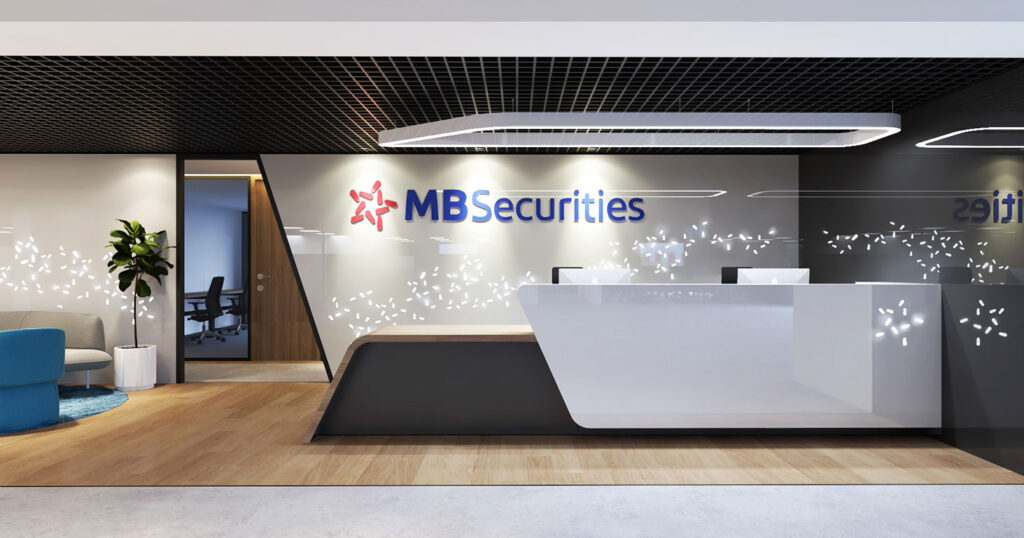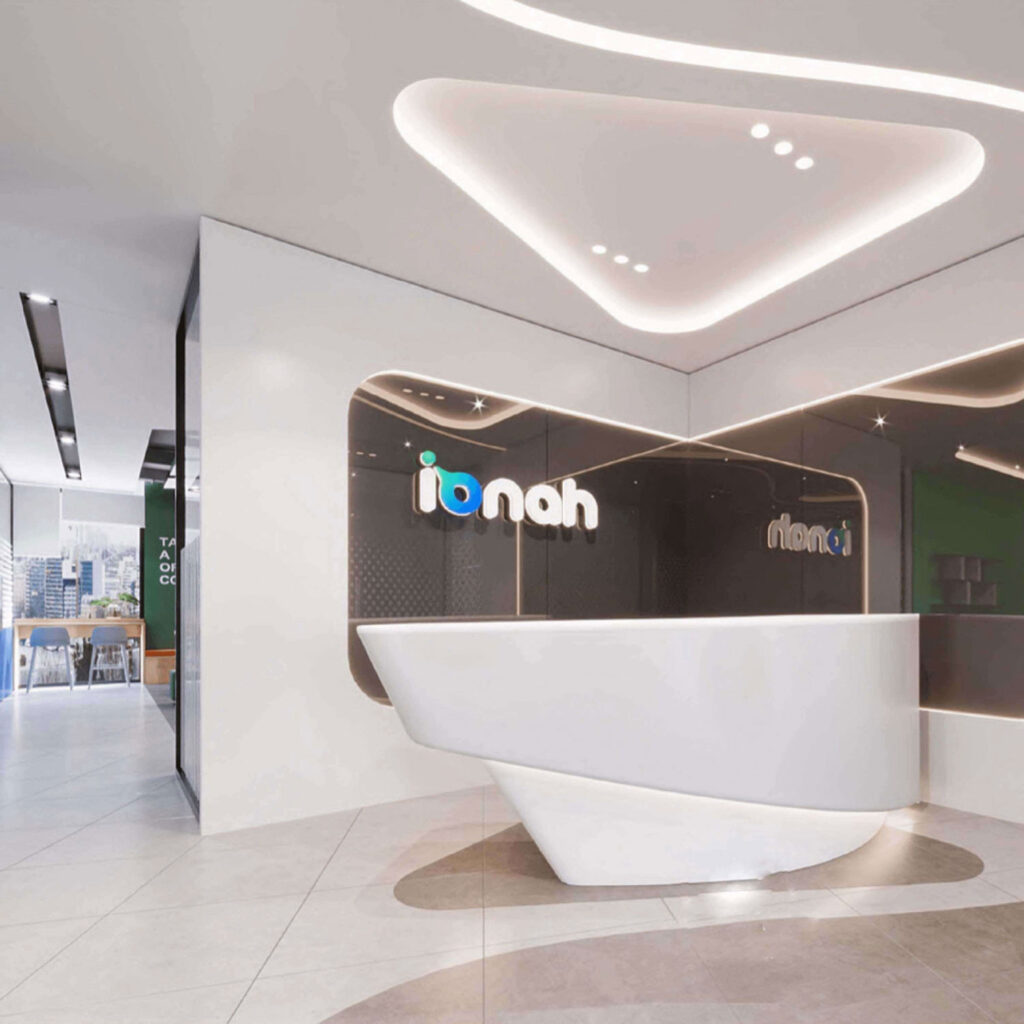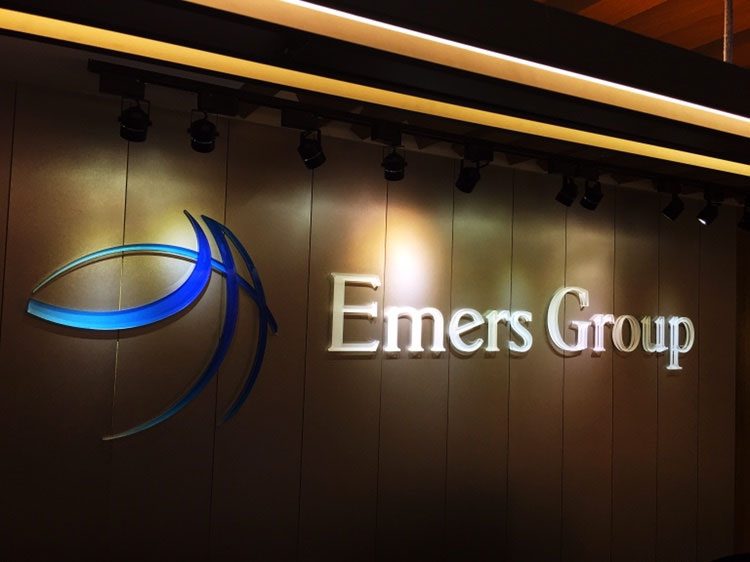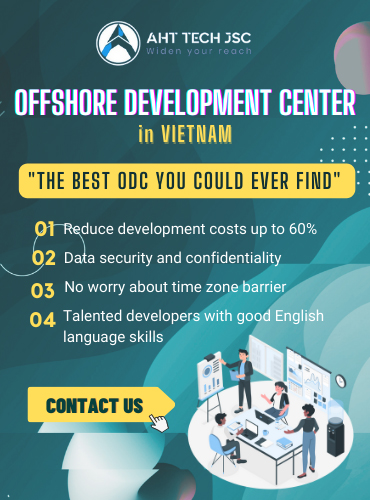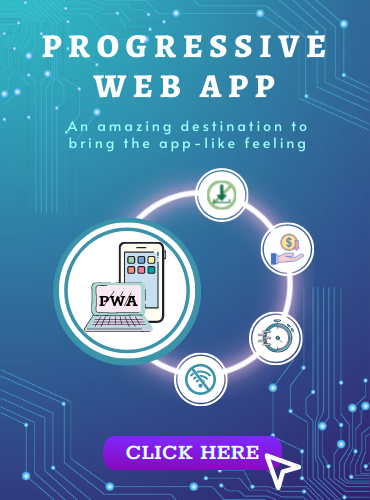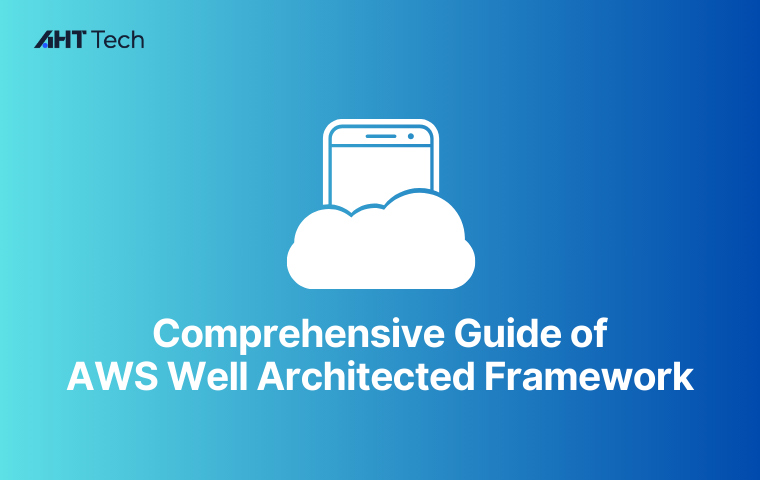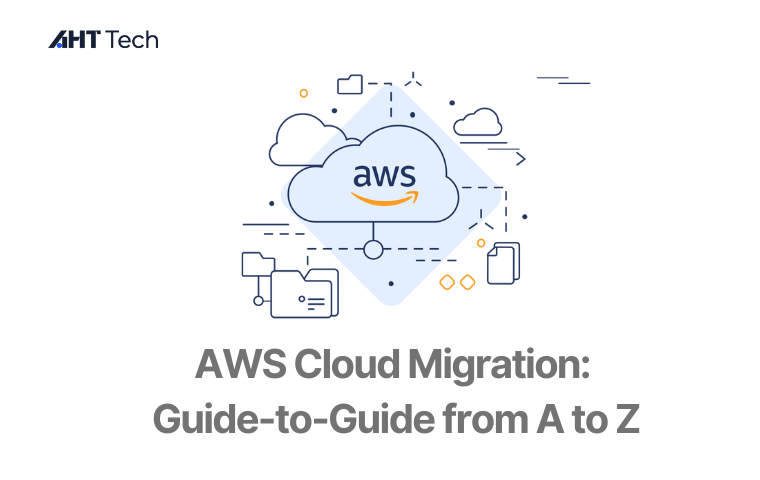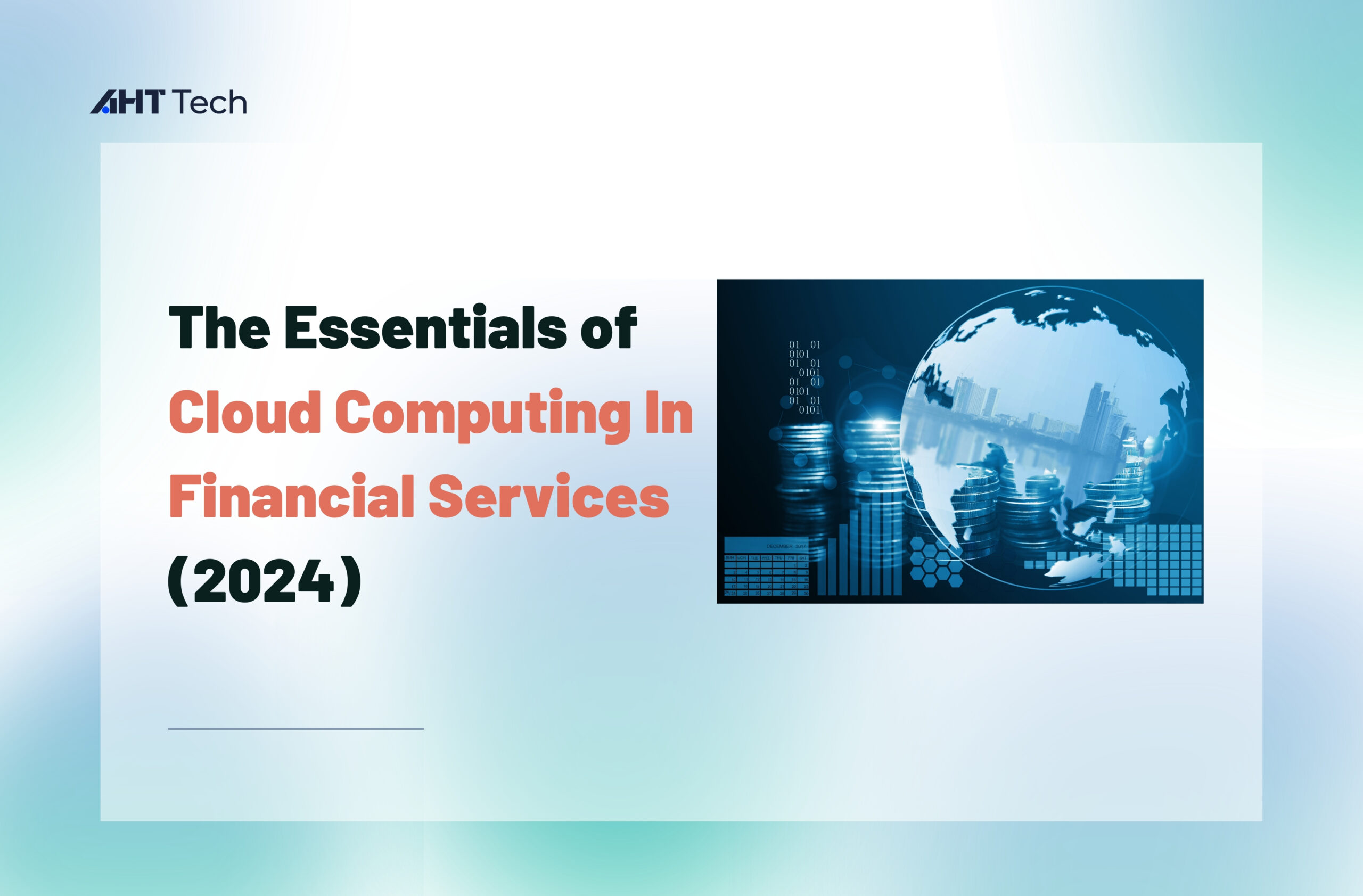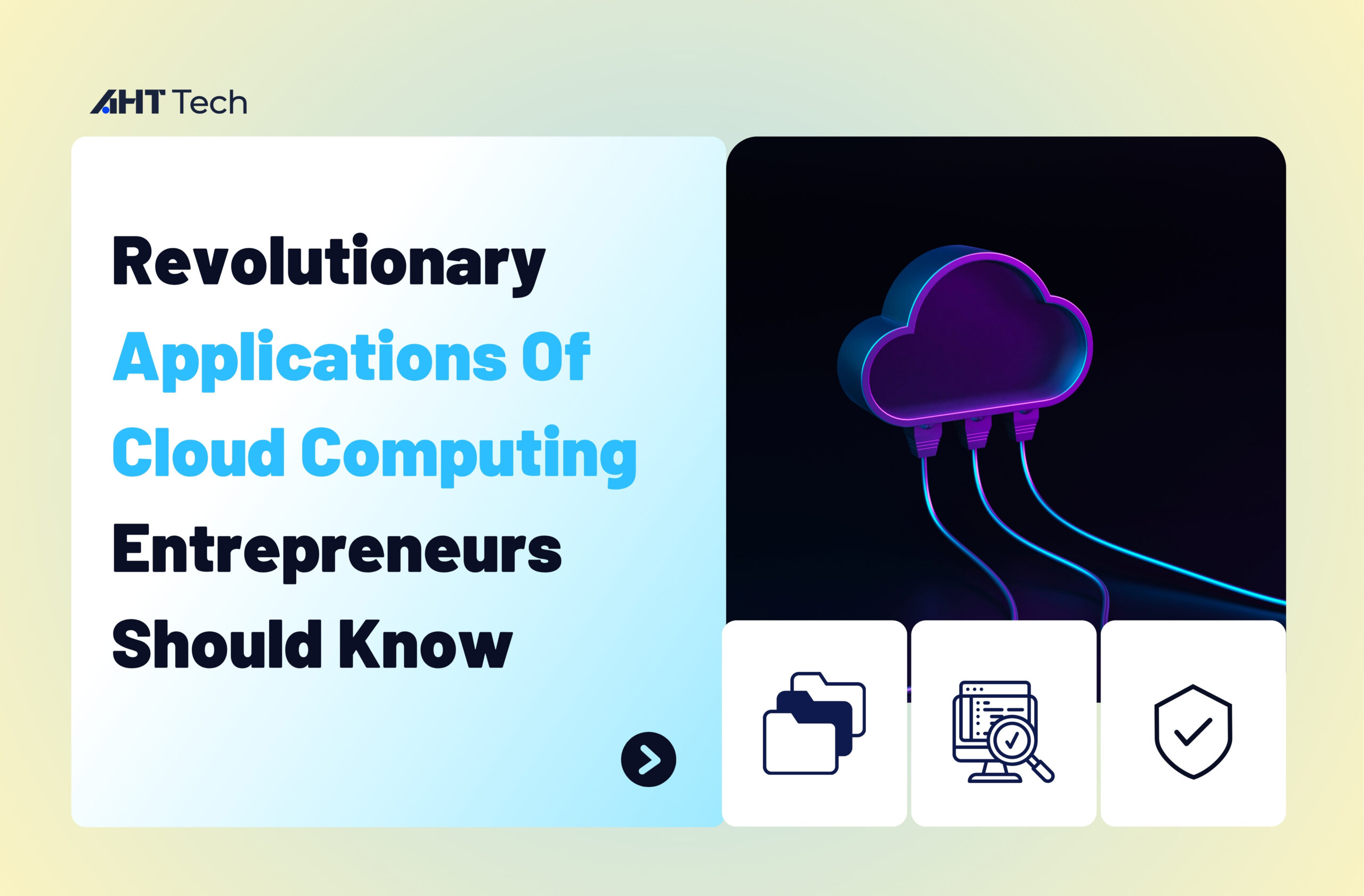IT modernization relates to transformative changes in IT infrastructure, applications, services, and customer support that allows the re-engineering of business processes. These new processes helps drive business growth and strategy across various departments, and it frees up internal IT resources to focus on the bigger picture – the business’s core service.
What is IT Modernization?

IT modernization is a solution for business to discover themselves and quickly scale the business. It supports organizations to take action by shortening the time to market. Moreover, IT modernization relates to a process that allows innovation, agility and the creation of new cultures. Especially, it brings businesses the digital services, processes and reliable business intelligence they need to develop new business models. Simplifying and optimizing IT is the result of modernization.
Netflix is a great example. Netflix’s original business model was depended on sending DVDs to subscribers via mail. Netflix built a basic web-based front end for users to place orders and control their account. The backend fulfillment processes were built by traditional information systems. The IT platform was sufficient to support the DVD via mail business model. However, Netflix’s business strategy continued to develop and the next major changes was from DVDs via mail to content streaming – a significant transformation in their business model.
Differentiating Between IT Modernization and Digitalization
IT Modernization and Digitalization both fall within the scope of digitization. For two concepts, we can say that it is the use of digital technology to follow business models and identify new revenue paths.
- Digital transformation includes to the application of digital competencies to assets and business processes. It contains all individual and organizational processes for you to implement to digitalization.
- IT modernization focus on your outdated IT environment. Also, it’s aims to improve your IT environment with updates. It delivers solutions on challenges such as agility, security and efficiency by solving the operational challenges of your business.
The most crucial point to focus on IT modernization is to analyze the results you will gain before you start modernizing all your assets. Otherwise, you may face a mixed architecture that is completely far from the infrastructure you are targeting.
More references: Digitization vs digitalization: what are they, main differences and examples
Why Should IT Modernization Matter to Your Business?

The overarching advantages/driver of IT Modernization is offering the platform to enhance business processes that allow the execution of business strategy. Moreover, this allows an organization to become more effective in generating customer value (resulting in improved revenue, customer satisfaction, etc.) and more efficient in its operations (decreasing the cost of business operations while enhancing and providing more customer value)
Efficient Utilization of Human Capital
A huge proportion of time of IT teams is spent in addressing problems appearing from legacy infrastructure in terms of updating, managing, supporting, and keeping security. As these systems are done by multiple technology product business, myriad challenges need to be solved. With modernization, the new-age technology systems are more powerful, work smoothly with in-house module and integrate well with external systems. This allows the IT Workforce to focus on more strategic and analytical tasks and use their skills better to improve operational and business efficiency.
Generate an Agile IT Team and Develop Products Faster
If the IT infrastructure is outdated, the resource allocation for application development – both test and production – goes on hold longer than required. It impacts the release of new products, functions etc. and impacts key business metrics such as customer engagement and product development efficiency.
With IT Infrastructure modernization, the IT teams can spend more time on improving efficiency through automation by leveraging the time saved on IT maintenance, support etc. This allows the company to “go-to-market” with new product functions and features much faster than before. Moreover, it also supports organization to deploy their research finding and translate them into creative solutions smoothly
Augment Security and Trust Among Clients
With IT Modernization strategy, businesses can make sure that the platforms and infrastructure on which applications which provide improved security and include value to the business. By empowering the application teams with a modernized infrastructure, the experience of the clients with respect to an organizations products and services is smooth and it improves customer experience and trust.
Security Enhancement
There are many security measurements in legacy applications to monitor and update as per the latest cyber threat. However, without a good security strategy to protect your business and its data can lead to a cyber-attack where you can lose your clients and crucial data as well.
On the contrary, cloud-native applications provides top-of-the-line security function that are very time and cost-saving. As a result, you don’t need to spent much effort and time as compared to legacy applications.
Increase Revenue Streams
Moreover, IT modernization strategy support businesses to boost their revenue streams. When business decide to expand their business, they can include new services or processes that can add value to the customers’ requirement’s. Unfortunately, legacy systems are not as flexible as modern applications. As a result, it isn’t easy to make profitable adjustments.
New services or processes are mandatory for all business to win this business battlefield. With application modernization, you can add new features, services, or functions that lead to a better customer experience and an increase in revenue. A satisficed customer is more likely to recommend a business that create more leads for the company.
IT Modernization strategies to succeed

Focus on business issues, not IT.
Before diving into modernization efforts, identify your business ‘s priorities and how you can best solve them. Many agencies are grappling with troubles like spurring economic growth, managing aging populations, updating outdated infrastructure or enhancing public safety. You need to point out your biggest priorities and then examine how technology can help you address those challenges rather than the other way around.
Modernize applications and data
Many traditional business struggle to define and deploy a workload placement strategy for traditional and cloud environments. Often the challenges are both technical and financial. These can be solved, in part, by justifying the business case for each application on a case-by-case basis, modernizing or transforming the application, then get rid of them. This application rationalization process contains workload placement — essentially, determine where an application and data should live and how it will best serve those who utilize it.
After the business priorities have been established, the organization can assess and rationalize the application (leading to cost savings), modernize or transform the application (boost up speed, agility and further savings) or implement a cloud-based operating model — all while ensure the security, performance and financial requirements
Analyze your workload portfolio.
After that, you need to analyze your workloads and define and prioritize which ones to migrate to the cloud. Focus on being cloud smart rather than cloud first. Moreover, some workloads will enables quick wins to help generate the evidence you have to support more complex, long-term efforts. Other workloads will require more planning. In those cases, you may need to keeping data in an on-premises data center. Besides, these data can be accessed via an API and front end built for the cloud.
Simplify and optimize IT
Overly complex systems prevent organizations from focusing on their strategic agendas. Aging IT estates can run up costs, impede quality and slow the pace of change. To optimize for costs, business can implement a technology refresh that includes lean processes and automation. It helps to improve workload placement and eliminate the unused or underused systems, services and data.
Organizations can also continuously optimize the IT environment with automated workload management tools and implement software-defined networks. Modernizing IT frees up resources and budget that can be immediately applied to innovation and drive new services.
Organizations may consider IT outsourcing to achieve immediate run-rate cost savings of up to 30 percent. Moreover, outsourcers can cut down risks associated with a technology refresh such as migrating to the cloud and introduce a host of efficiencies such as greater automation, more predictable service levels and better security.
Assess your organization’s readiness.
Consider your organizational readiness, including both cultural and resource readiness. Cultural readiness can contain things such as stakeholder buy-in, appetite for risk, collaboration and new organizational models. Resource readiness is also crucial. Examine your existing resources to ensure you understand your existing commitments. It enable you to decide if you can gain your goals on time.
Don’t try to do it alone.
It’s difficult to successfully deploy and leverage new technology that you have no familiarity with. Instead, get strategic advice and hands-on implementation support from an experienced IT services company with experience in your industry. Technology Solutions Implementation Services from AHT Tech will help businesses to achieve the technology goals whether managing existing resources or completely redeveloping their technical capabilities. Contact us to learn more about how our services help businesses strategize their technological aims and implement their technology objectives.
